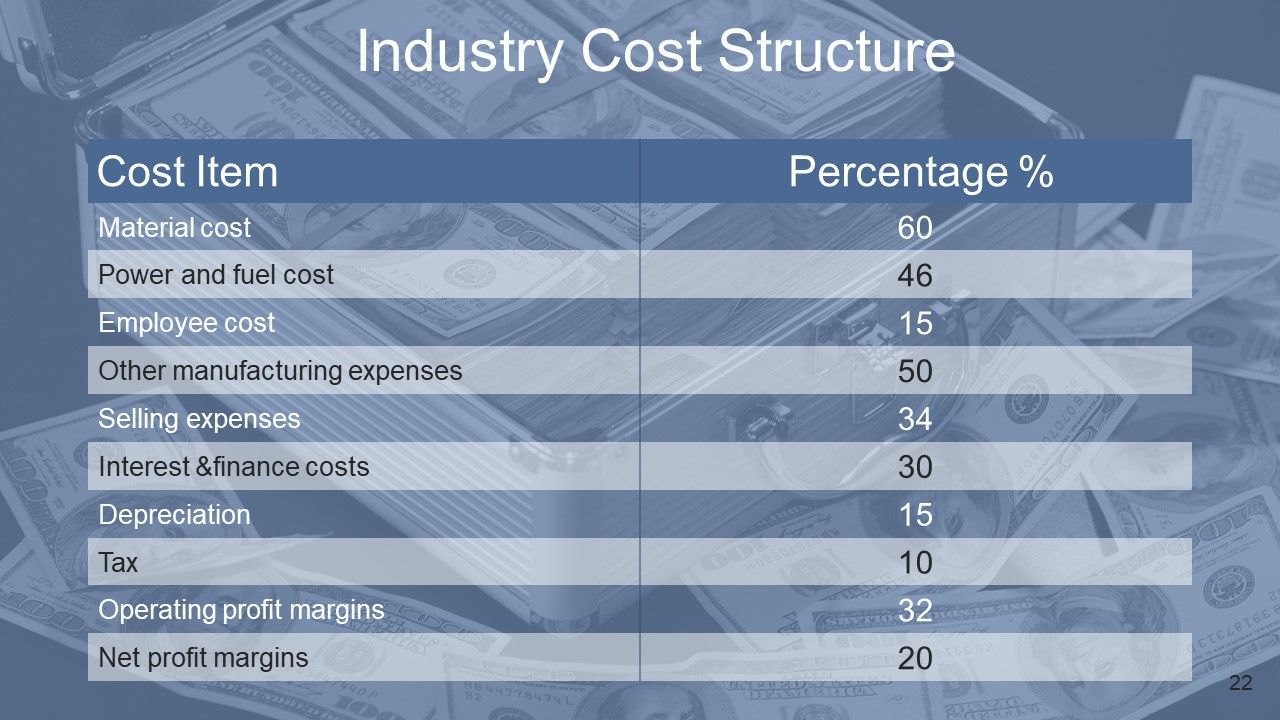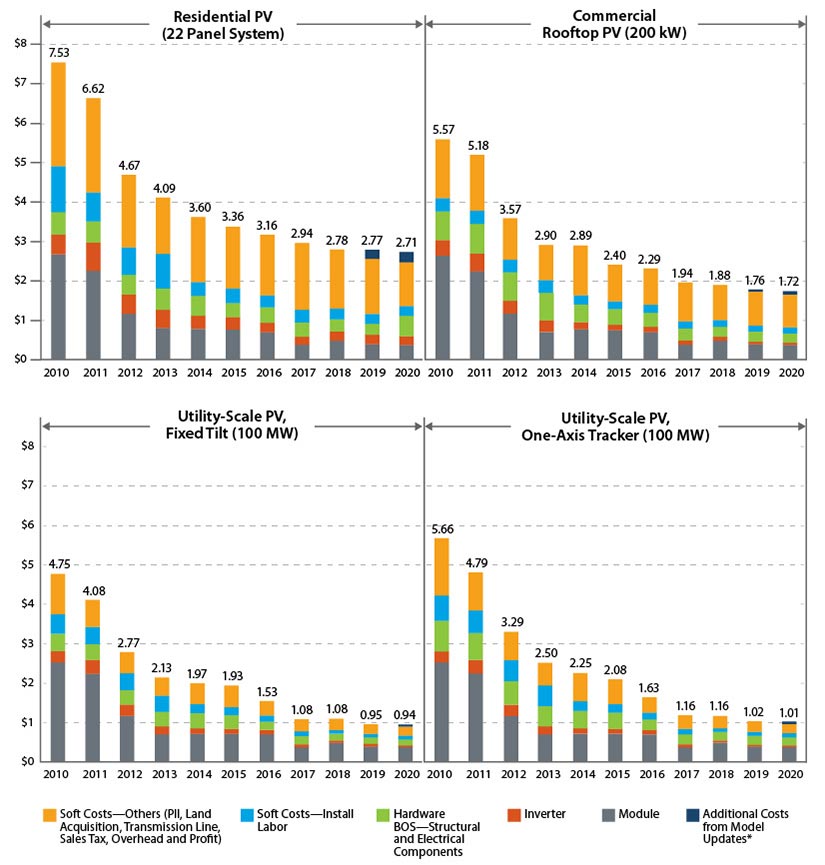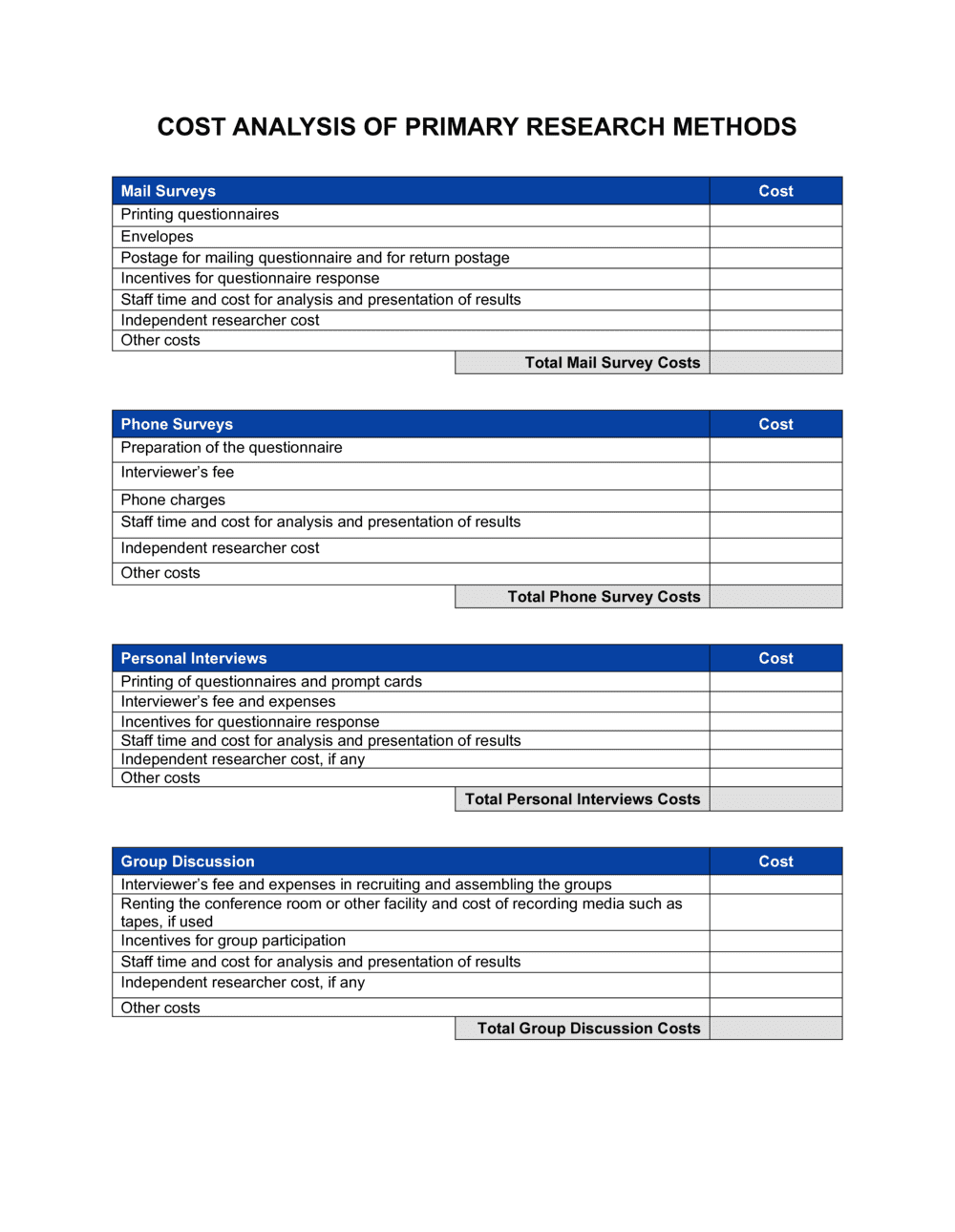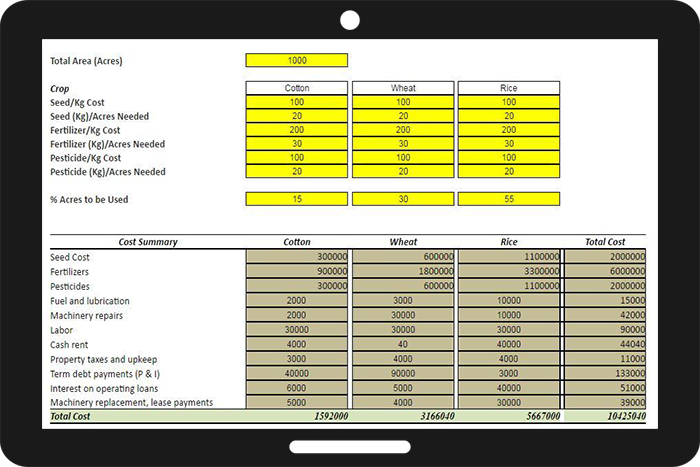Market cost analysis is the process of evaluating the costs associated with producing and selling a product or service in a particular market. This analysis helps businesses understand the profitability of their operations and make informed decisions about pricing, production, and distribution.
There are several factors that can impact the cost of a product or service in a market. These include the cost of raw materials and supplies, labor costs, taxes and fees, transportation and distribution costs, and marketing and advertising expenses. In addition, businesses must also consider the demand for their product or service, as well as the competition in the market.
To conduct a market cost analysis, businesses first need to gather data on all of the costs associated with producing and selling their product or service. This includes direct costs, such as the cost of raw materials and labor, as well as indirect costs, such as marketing and advertising expenses.
Once this data has been collected, businesses can use various tools and techniques to analyze the data and determine the total cost of their product or service. Some common tools and techniques used in market cost analysis include cost-benefit analysis, break-even analysis, and margin analysis.
Cost-benefit analysis involves evaluating the costs and benefits of a particular course of action, such as producing and selling a new product. This analysis helps businesses determine whether the potential benefits of the action outweigh the costs.
Break-even analysis is a tool that helps businesses determine the minimum amount of sales needed to cover the costs of producing and selling a product or service. This analysis helps businesses understand the point at which their product or service becomes profitable.
Margin analysis is the process of evaluating the difference between the cost of a product or service and its selling price. This analysis helps businesses understand the profitability of their product or service and make informed decisions about pricing.
In addition to these tools and techniques, businesses may also consider external factors such as market trends, economic conditions, and regulatory environments when conducting a market cost analysis.
Overall, market cost analysis is a vital tool for businesses looking to understand the costs associated with producing and selling a product or service in a particular market. By using this analysis, businesses can make informed decisions about pricing, production, and distribution, and ultimately increase their profitability.








